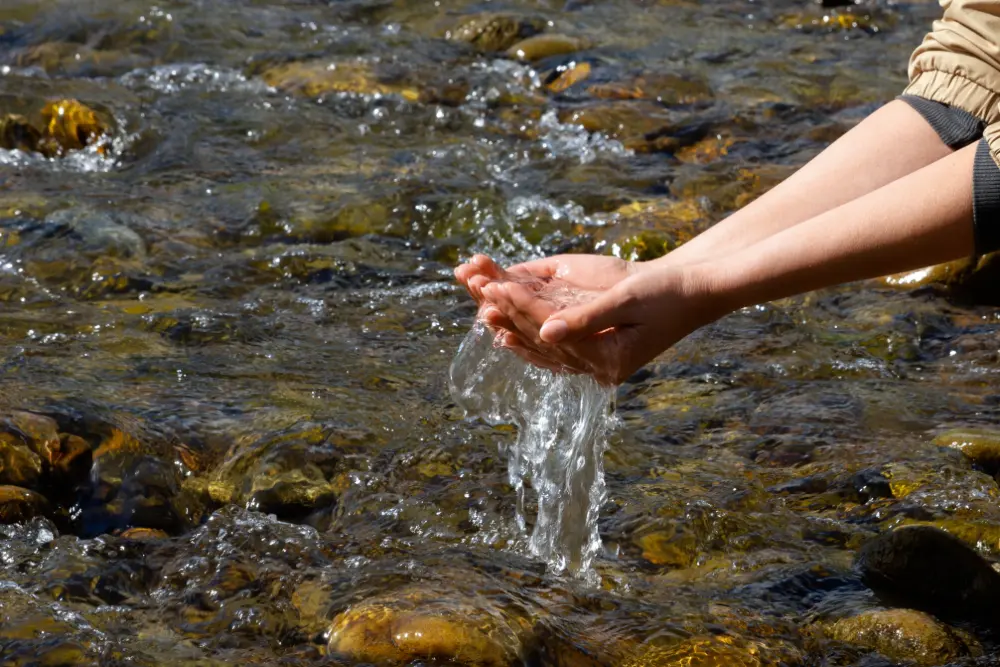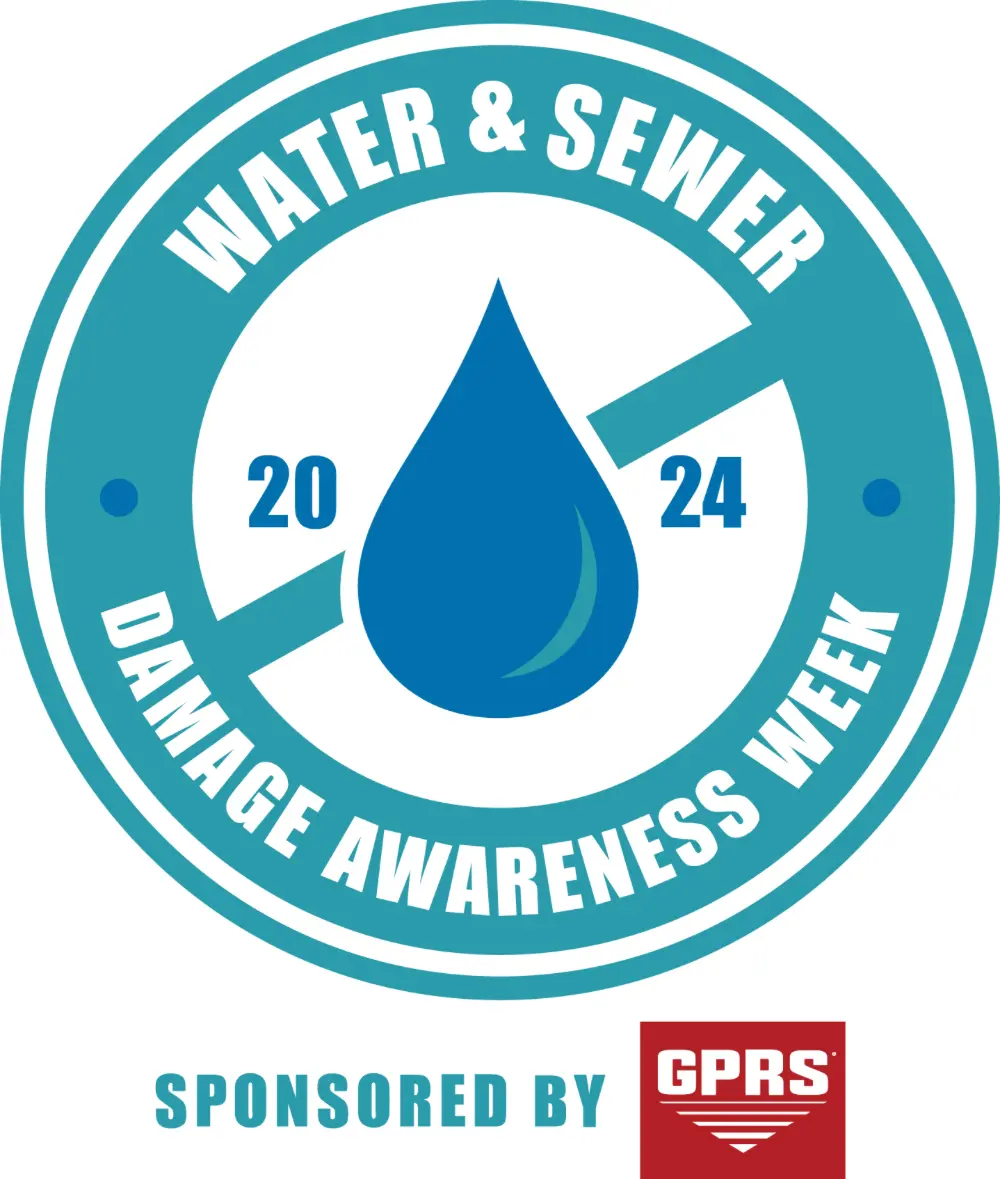The Washington State Department of Ecology recently announced a round of grants and loans to support new clean water projects and ongoing infrastructure investments.
The $309 million in funding will support 136 projects, including stream restoration on the Touchet River near Prescott and engineered wetlands providing stormwater treatment in Ferndale, according to a press release on the department’s website.
“Our top priority is to support communities,” said Water Quality Program Manager, Vince McGowan. “Across Washington, we are using innovative ideas to help put money to work faster and with greater benefits. We are excited to support clean water pilot projects that are already proving successful and to continue trying new approaches.”

Washington’s clean water funding includes both state and federal funds – $40 million of which come from the 2021 Bipartisan Infrastructure Law – dedicated to improving and protecting water quality.
According to the department’s press release, this year’s project list includes new approaches to its clean water funding work: a pilot process where communities can apply for wastewater funding outside of the annual funding cycle.
“Through off-cycle planning, Ecology will work with communities or utilities that have an urgent need for funding wastewater planning projects,” the release states. “This could include post-emergency recovery efforts from natural disaster or projects that have received funding from other sources but still need to meet some of Ecology’s prerequisites.”
The first project funded under this pilot program will see Ecology provide $60,000 to help the Town of Metaline Falls update their general sewer plan, with a focus on identifying and replacing aging infrastructure to prevent future emergencies.
“This investment will help the community make necessary progress on wastewater and stormwater infrastructure improvements and better protect the Pend Oreille River,” the press release states.
Additionally, this year’s clean water funding list incorporates an Environmental Justice Assessment for grant or loan projects over $12 million, as required under Washington’s HEAL Act.
These assessments provide the department an opportunity to evaluate a wide range of environmental justice impacts that an action may have in the early developmental stages of the process, with the goal of helping the department and its partners make informed decisions to reduce environmental harms and address environmental and health disparities in overburdened communities.
Six wastewater-related projects selected as part of this round of funding require environmental justice assessments, which the department says it will finish in the coming months and prior to finalizing each project’s funding agreement.
The bulk of the funding ($255 million) is earmarked for wastewater projects, and 28 of them will occur in communities eligible for financial hardship consideration.
“Given the critical service that wastewater treatment facilities provide, Ecology prioritizes supporting the planning, design, and construction of these facilities, particularly in areas where these investments would create a financial burden for residents,” the release states.
A full list of all 136 projects is available both as an interactive map and in the final offer list publication.
Washington’s Department of Ecology accepts clean water project applications every August through October. More information about the application process can be found on the department’s clean water funding webpage.
Protecting Your Water Project from Subsurface Damage
Protecting your existing water and wastewater infrastructure from damage during excavation is vital to protecting the communities these systems serve.
GPRS helps prevent utility strikes by mapping subsurface utilities for you prior to you breaking ground – so you know where you can and can’t safely dig.
Using state-of-the-art technology such as ground penetrating radar (GPR), electromagnetic (EM) locating, and remote-controlled sewer pipe inspection rovers, our SIM and NASSCO-certified Project Managers Intelligently Visualize The Built World® to keep you on time, on budget, and safe.
To ensure seamless sharing of the vital infrastructure visualization services we provide, GPRS created SiteMap® (patent pending): our project & facility management application that provides accurate existing condition documentation to protect your assets and people.
Compatible with your existing GIS platform and accessible 24/7 from any computer, tablet, or smartphone, SiteMap® provides you with the peace of mind that comes with knowing you, your team, and your subcontractors are all working off the same accurate data. With SiteMap®, you can plan, design, manage, dig, and build better.
Every GPRS client receives a complimentary SiteMap® Personal subscription with every utility locate we conduct.
GPRS SiteMap® team members are currently scheduling live, personal SiteMap® demonstrations. Click below to schedule your demo today!

Water & Sewer Damage Awareness Week Returns
GPRS is committed to assisting municipalities, facility managers, and similar entities in enhancing the maintenance and protection of their water and wastewater infrastructure. With that goal in mind, we are thrilled to announce that the second annual Water & Sewer Damage Awareness Week will take place from October 21-25, 2024.
By participating in a complimentary WSDAW presentation, your team will gain insights into:
- The increased vulnerability of infrastructure to damage in today’s environment
- The risks posed to your systems’ equipment due to improper or infrequent maintenance
- The importance of regular water loss surveys and proactive maintenance plans for water, sewer, and stormwater systems to prevent service interruptions and safeguard your entity’s reputation
- Strategies to minimize non-revenue water (NRW) loss, protecting both your community and financial resources
- Methods to mitigate the risks associated with cross bores
- And much more!
Don’t miss this opportunity – Sign up for your free WSDAW presentation today!
Frequently Asked Questions
What type of informational output is provided when GPRS conducts a utility locate?
Our Project Managers flag and paint our findings directly on the surface. This method of communication is the most accurate form of marking when excavation is expected to commence within a few days of service.
GPRS also uses a global positioning system (GPS) to collect data points of findings. We use this data to generate a plan, KMZ file, satellite overlay, or CAD file to permanently preserve results for future use. GPRS does not provide land surveying services. If you need land surveying services, please contact a professional land surveyor. Please contact us to discuss the pricing and marking options your project may require.
Can GPRS find PVC piping and other non-conductive utilities?
GPR scanning is exceptionally effective at locating all types of subsurface materials. There are times when PVC pipes do not provide an adequate signal to ground penetrating radar equipment and can’t be properly located by traditional methods. However, GPRS Project Managers are expertly trained at multiple methods of utility locating.
Can GPRS locate a pipe in addition to evaluating its integrity?
Yes! Our SIM and NASSCO-certified Project Managers use VPI technology equipped with sondes, which are instrument probes that allow them to ascertain the location of underground utilities from an inaccessible location. This allows them to use electromagnetic (EM) locating to map sewer systems while evaluating them for defects.
